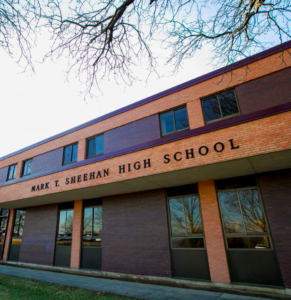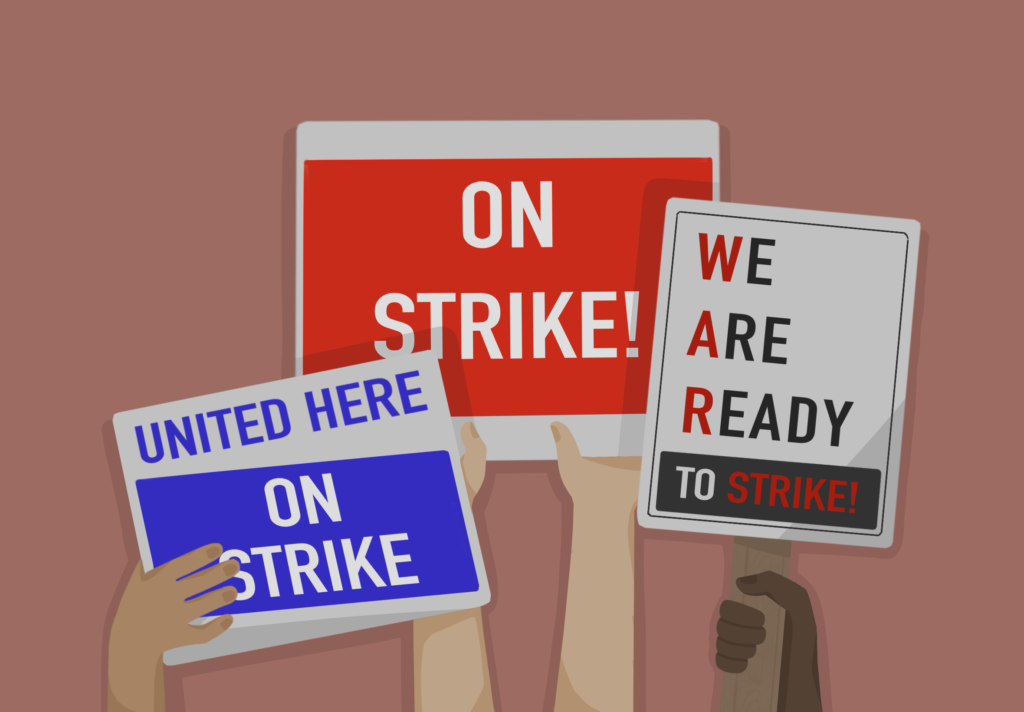To update its school system to better match the needs of its current student population, the town of Wallingford hired consultants to conduct a study on how best to utilize the resources of its public schools. Recently these third-party consultants have returned the results of their study to the Wallingford Board of Education (BOE) along with their recommendations for restructuring the town’s school system.
From the data collected for the study, the consultants arrived at the conclusion that not only is student enrollment in Wallingford public schools falling, but that it will also continue to fall. Over the past decade, enrollment in grades 6-8 has decreased by nearly 20%, while enrollment in grade 9-12 has decreased by 11%. Enrollment in Wallingford’s middle schools is projected to drop another 4% over the next ten years, and enrollment in Wallingford’s high schools is projected to decrease by another 13%.
The consultants also found that Wallingford’s schools required at least $15 million for maintenance as well as additional funding for security improvements.
Taking these conditions into account, the consultants offered six options to the Wallingford Board of Education. These options differ in terms of which schools are fully renovated while others are simply repaired; whether any two schools will be merged; and whether the focus of each school’s curriculum should be shifted in any way.
Two of the six options would transform individual schools into what the report described as “themed schools,” focusing on say, STEM subjects or the arts. Another option merges the two high schools and the two middle schools.
The merging of the two middle schools—Dag Hammarskjöld Middle School and James H. Moran Middle School —quickly fell out of favor, since such a merger would create the largest middle school in the state. Public feedback reported concerns that a large student body in a merged school would impede student learning.
Dr. Salvatore F. Menzo, superintendent of the Wallingford school district, is optimistic about the future of Wallingford’s schools. “No matter what happens, there will be some positive changes for students: upgraded learning environments, more open spaces for students to have collaborative opportunities, and increased opportunities for technology,” he explained. “The renovations would also take into consideration even doing further enhancements to our security system.”
Dr. Menzo hopes to quell some of the concerns about the merging of the two high schools. “If we were to go to one high school, there’s a grave concern that there’s going to be higher class sizes. That’s not the reality,” he explained. “Class sizes are dictated by the school district, so we would maintain the class sizes we have for high school right now.” According to a school district budget presentation, the average high school class size for the 2014-2015 school year was 24 students.
In addition, the alternatives offered by the consultants are still in their preliminary stages. As Mrs. Roxane McKay, chair of the Wallingford BOE, explained in an email, “There are many steps the Wallingford BOE needs to go through in order to determine what configuration of our secondary schools best suits our students and the community at large. No matter what direction is adopted, implementation could be five to seven years in the future.”
Currently, the BOE is reviewing the various alternatives based on community feedback. The BOE has worked to involve the community in the decision-making process. As Mrs. McKay wrote, “Considering the future of the Wallingford four secondary schools is a community decision. The Wallingford BOE has committed to a transparent and open vetting process, which is available to all community members and constituents.”
The next public BOE meeting is scheduled for March 11 at Lyman Hall High School. At this meeting, the Board will share its recent work in the decision-making process and receive additional feedback from the public. “All those meetings are public. We’ve heard public comment,” Dr. Menzo said. “We’ve heard from students, from parents, from teachers, administrators, community members.”
After the meeting, the board will ask the community to complete a survey on the most promising options based on initial feedback. The BOE will share the survey data with the town council and the mayor, and they will ultimately decide which option to choose.
“What is the best structure for our district based on the declining enrollment so we can have the best facilities and the best educational experience for our students?” said Dr. Menzo. “That was the overarching purpose of the study.”




